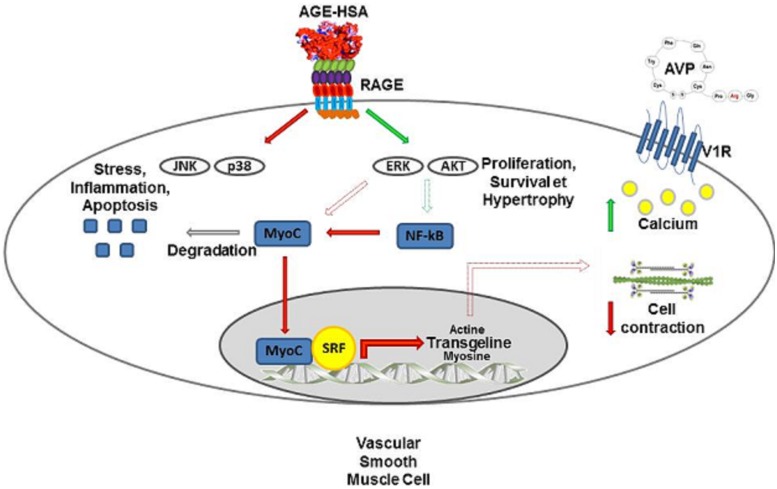Fig 7. RAGE activation in VSMC interferes with their contractile phenotype and function.
RAGE is expressed in VSMC A7r5 and fully functional. Its activation, using short term stimulation with AGE-HSA or CML-HSA, leads to increased ERK 1/2 and AKT signaling, whereas p38 and JNK/SAPK activities are decreased. Long term exposure to AGE increases NF-κB activity, which affects the protein levels of the contraction-related transcription factor MyoC and the mRNA and protein levels of SM-22α, a regulator of VSMC contraction. Finally, RAGE activation increases the overall cell rigidity, which is likely caused by changes in myosin activity. Interestingly, although RAGE stimulation amplifies calcium signaling and myosin activity in VSMC challenged with AVP, these cells lose their contractile capacity when measured via AFM.

